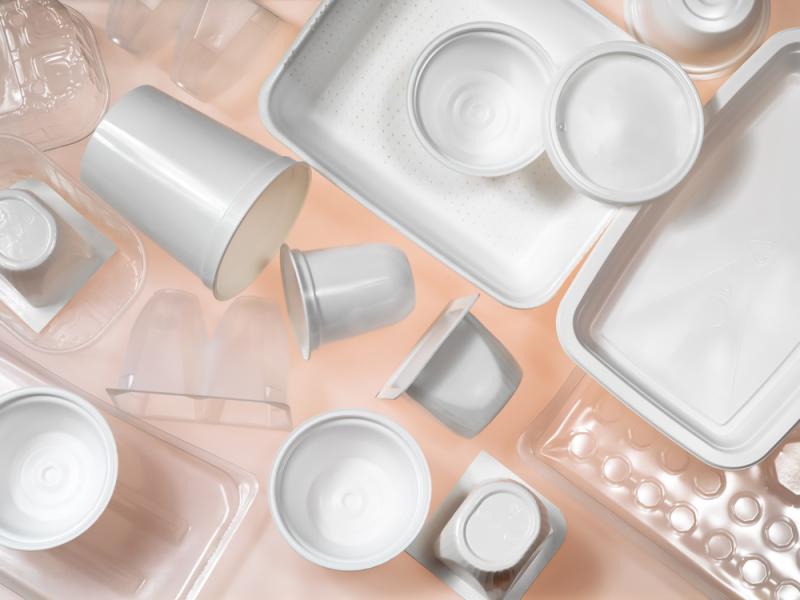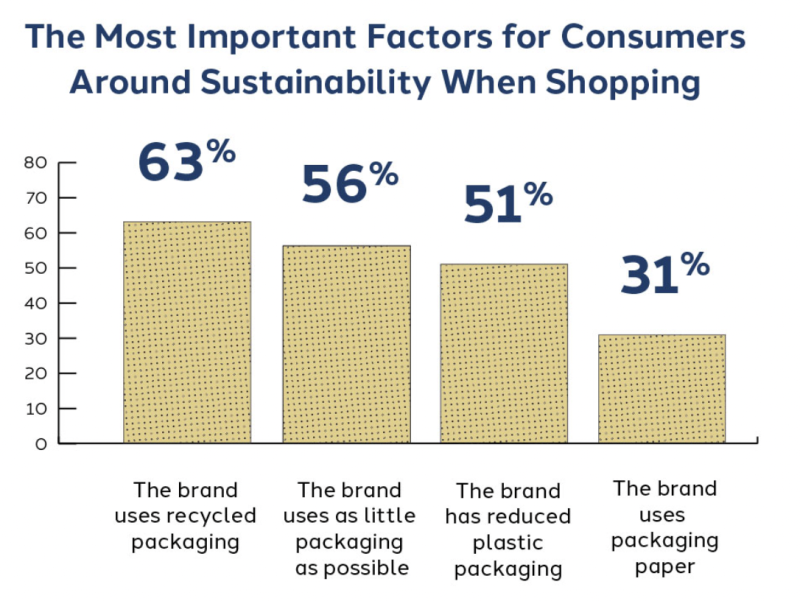PFAS & Private Label: A Need for Innovation in Packaging
Per- and polyfluoroalkyl substances, better known as PFAS, are a hot topic among environmental experts and conscious consumers.
According to the Environmental Protection Agency, PFAS are widely used, long-lasting chemicals that take a long time to break down once in the environment. There are thousands of PFAS chemicals found in consumer products, including the packaging of items now on grocery store shelves.
PFAS have found their way into water, air, fish, soil and even blood. According to the Centers for Disease Control, while the effects aren’t fully known, studies have indicated that the chemicals may impact reproduction, thyroid function, the immune system and more.
According to experts, retailers moving private brand packaging towards clean, certified materials could make a big difference both for the environment, and when it comes to attracting customers who value sustainability.
“Alternatives to PFAS exist for most applications, including various food packaging,” said Ross Youngs, CEO and co-founder of Univenture, a multifaceted firm that works to develop sustainable packaging. “However, market demand will drive production capacity because until there is a need and cost justification, new source availability will lag.”
Youngs noted that bio-based sustainable options such as polylactic acid (PLA), bio wax coated papers and laminations of paper cellulose bioplastics are all potential options for packaging. For the longer-life non-packaging PFA products, there may be exceptions for specific uses.
Regardless, he said there will be a need for environmentally friendly methods to stabilize or neutralize PFAS for end-of-life disposal. And while there are challenges in the process, he said PFAS-free packaging is a worthwhile investment. However, a proper branding and advertising campaign around the new packaging for private label items must be in place as well. This is due to a lack of PFAS awareness among the public, although Google searches for the term have increased in the past three years.
“For either the retailer or the supplier manufacturer, there is a playbook of intelligent adoption,” said Youngs. “Specifically, the shift must be accompanied by a marketing program to drive sales or support price increases. The introduction of safer packaging alternatives must be accompanied by strategic project planning involving vendor suppliers, manufacturing, and staff to line up a successful execution. Most importantly is the branding and communication. Customers need to understand, recognize, and adopt the value of safer packaging solutions.”
According to the 2022 Sustainable Packaging Consumer Report from Shorr Packaging, consumers are already looking for eco-friendly products on the market, including items packaged sustainably. More than three-quarters (76%) of survey respondents said that they have made an effort to purchase sustainable products in the past year. More specifically, 57% said they made an effort to purchase items that were packaged sustainably.
Additionally, 64% said that sustainable packaging is a factor in their product selection process, with 72% of respondents in the 18-29 age bracket. Nearly seven in 10 (68%) respondents said they would be open to switching brands because of sustainable packaging, and 47% would be willing to pay more for eco-friendly packaging.
Kim Carswell, Sustainability Consultant at Shorr Packaging, said that retailers can use private brands to their advantage when making the switch to sustainable packaging.
“Retailers have two key advantages: they have less investment in the manufacturing systems, and they own a good portion of their value chain,” she said. “Retailers can work with the vendors that produce their private label products to reduce the impact of their packaging in the same way national brands do. The more retailers align on their goals, the more consistent the messages will be for the vendor or manufacturing community, and the more progress will occur, providing the consumer with more sustainable packaging.”
In addition to attracting consumers, PFAS-free packaging has an added bonus: it is key for compostability initiatives as well, especially for retailers looking to build compostable private label product assortments.
“In the grocery/retail space, you have customers looking for compostable alternatives, and it’s very important that those alternatives are PFAS-free and that they actually break down well in composting facilities,” Susan Thoman, Managing Director of the Compost Manufacturing Alliance (CMA) said during a recent Store Brands webinar on third-party compostability certification. “Our program is about creating a space where retailers and manufacturers can come together and co-create compostables, and a big part of that is making sure we don’t get chemicals into our systems.”
In July, the Federal PFAS Research Evaluation Act, a bill that would direct federal agencies to study and report on the impact of PFAS, was introduced into the U.S. Senate. While the detailed full effects of these chemicals are still unknown, retailers have the opportunity to shift to clean, PFAS-free packaging for own brand products that both they and their customers can feel good about.
While there are potentially roadblocks in the process, experts say the transition will be worth it.




